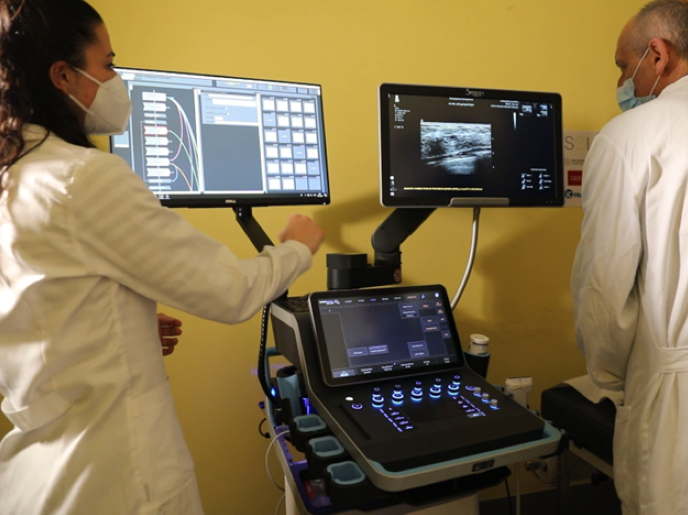Mathematical tools to improve brain imaging
The SOSIP (Stochastic optimisation and simulation in image processing) project was established to explore new computational methods for solving challenges associated with image processing. New stochastic simulation and optimisation techniques were developed for performing Bayesian inference in high-dimensional imaging inverse problems. Researchers focused on problems that are blind, semi-blind, or unsupervised and beyond the scope of current mathematical imaging techniques. Particular attention was given to methods that support point estimates and uncertainty quantification, and help to inform decision-making. The intention was to create new tools for solving complex problems that have not been addressed by current techniques, for example unsupervised image segmentation and unsupervised resolution enhancement. Such challenges can arise in many important fields, including medical imaging and remote sensing. Development of proximal Markov chain Monte Carlo algorithms represents an important breakthrough in new high-dimensional stochastic simulation and optimisation approaches for imaging. They combine high-dimensional stochastic simulation with mathematical tools from convex analysis and optimisation. The result is a new computation methodology that is particularly suitable for imaging inverse problems that are convex and potentially very high dimensional. This enabled a level of analyses that was previously beyond the scope of statistical image processing, such as model selection and uncertainty quantification through the computation of credibility regions. A fresh approach was also developed that links convex optimisation with probability theory to approximate Bayesian confidence regions in any inverse problem that is convex, to allow uncertainty quantification for images. In addition, a new high-dimensional approach for performing hierarchical Bayesian estimation for large-scale unsupervised inverse problems was proposed for image segmentation and linear inverse problems. SOSIP work represents a significant advance in state-of-the-art image processing and will help to solve two important medical imaging challenges that have defied current techniques. First, unsupervised blind dynamic electroencephalography image reconstruction as used in low-cost functional brain imaging. For online radiotherapy treatment plan monitoring, another application for SOSIP technology is non-rigid multimodal electronic portal imaging device plus computerised tomography image fusion.







